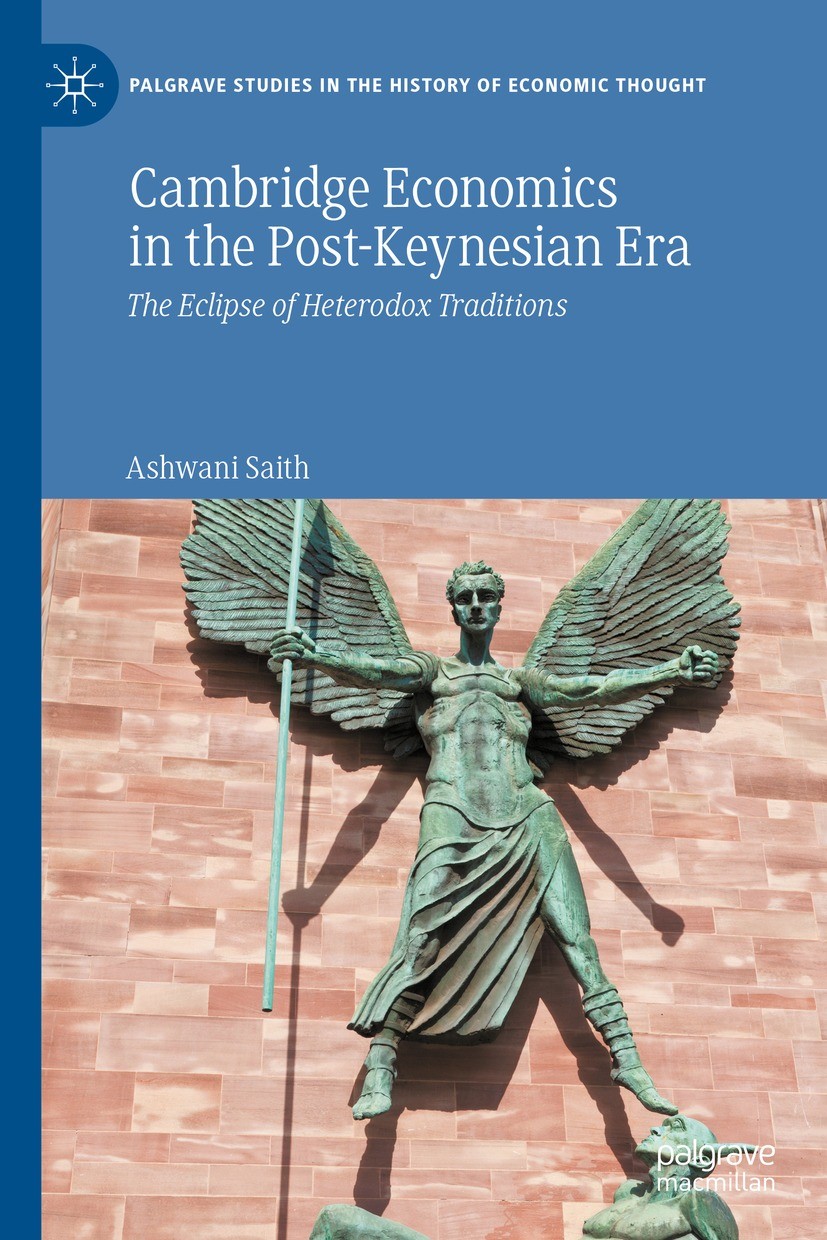While John Maynard Keynes understood that trade/current account deficits can become a problem, not just for a country with it but also for the whole world, he quite underplayed the role of international trade.
(You can read about the downplaying in Nicholas Kaldor’s essay Keynesian Economics After Fifty Years, in the book Keynes And The Modern World : Proceedings Of The Keynes Centenary Conference, King’s College, Cambridge, written in 1983)
To resolve imbalances, Keynes proposed Bancor, a word which is a combination of the words ‘bank’ and ‘or’, which means gold in French, according to a paper The Eurozone: Similarities To And Differences From Keynes’s Plan by Marc Lavoie.
From the paper:
… The plan is based on a fixed exchange rate system, each foreign currency being expressed as a fixed value of the bancor …
A comprehensive explanation can be found in Marc Lavoie’s paper, which I won’t delve into here. But the important point is that there is a supranational central bank—an International Clearing Bank/ICB—like the ECB, in which national central banks hold accounts and which clears international payments.
Now Keynes proposed various rules, based on settlement balances of national central banks at the ICB, to give a sort of responsibility to surplus countries, such as fines but also that they expand their economies, so that they import more and deficit countries able to take measures such as devaluation.
But there is a problem!
The problem is that surplus/deficit etc are defined from settlement balances of national central banks at the ICB, which are not current account deficits, or not necessarily any indication for other things such as the net international investment position!
Imagine a country such as China which has huge trade or current account surpluses and then the counterpart in the financial account of the balance of payments is the Chinese government accumulating US government bonds. The Chinese central bank’s account at the ICB hardly changes, and the balances show no indication that any surpluses are being built up, and no rules need to triggered.
So obviously Bancor cannot be the solution. The solution is diplomacy at the international level, mainly with current account deficit numbers, but other data in the balance of payments and international investment position too. With responsibilities for surplus countries.
